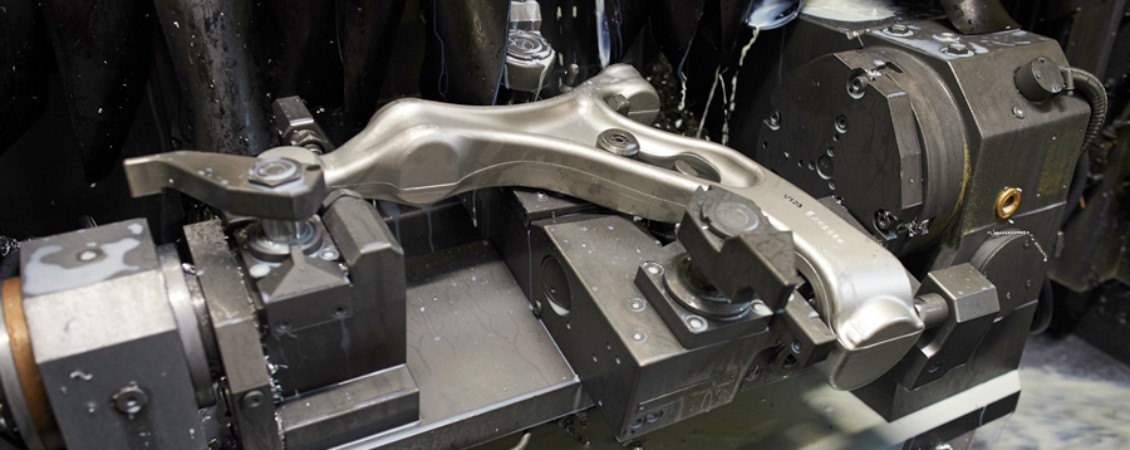Each Lemförder spare part undergoes a long, complex development process before it gets to market. Since we work directly with OE manufacturers, we are aware of our responsibility to ensure that each and every part passes their tests and meets OEM requirements. Take a look at our development department and you will see why our decades of OE experience and state-of-the-art expertise make all the difference.
Each Lemförder spare part undergoes a long, complex development process before it gets to market. Since we work directly with OE manufacturers, we are aware of our responsibility to ensure that each and every part passes their tests and meets OEM requirements. Take a look at our development department and you will see why our decades of OE experience and state-of-the-art expertise make all the difference.
